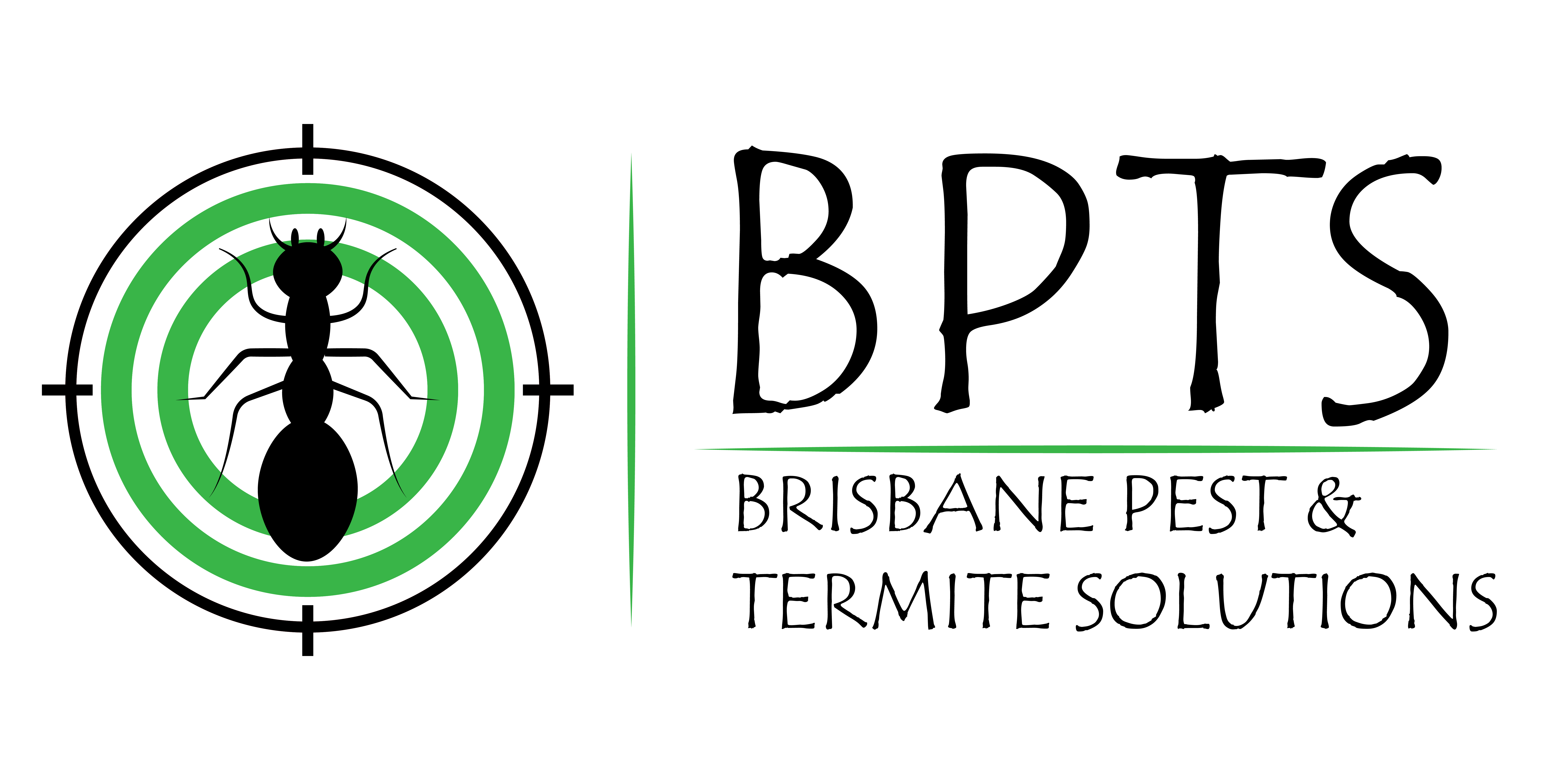Rodent Control
Black Rat

Classification
Species category: Rodent
Scientific Name: Rattus rattus
Family: Muridae
Description
Adults are typically 180-230mm with a longer tail length of 180-240mm. They weigh 120-300g. Droppings are useful for identification; theirs are 12mm long and formed to a point.
Despite its name, the Black Rat is usually black to light brown in colour with a lighter underside.
Black Rats originated from India and Eastern Africa. They were introduced into Europe over 2000 years ago. The black rat can now be found worldwide.
They are often found outdoors and tend to live in fields and farmlands. They will also climb into buildings and structures when food sources are no longer readily available.
Behaviour
Black Rats have incisors that grow at a rate of 4 inches per year. Rats control their incisor teeth by continuously chewing, which can result in extensive damage. They will chew on anything that comes in their path causing considerable destruction.
They also urinate and produce droppings frequently; contaminating everything they come into contact with. Black rats live longer than the Norway rat.
Risks
Carriers of over 45 types of diseases, Black Rats contaminate water, food and the environment. Rats cause direct food losses to field crops and stored food and food production chains, as well as indirect food losses, such as packaging destruction and contamination with faeces.
Brown Rat

Classification
Species category: Rodent
Scientific name: Rattus norvegicus
Family: Muridae
Description
Adults are typically 180-250mm long. They have a tail-length of 160-210mm, slightly shorter than their bodies. Droppings can be useful for identification purposes; theirs are formed like an olive pit, ending in a point and are approximately 20mm long. The upper body is brown with a white, yellowish underside.
Originating from Central to East Asia, they arrived in Europe in the 16th-17th century and are widespread in Australia.
They are often found outdoors and tend to live in fields and farmlands. They will also climb into buildings and structures when food sources are no longer readily available.
Behaviour
Norway rats can breed throughout the year if conditions are suitable.
Risks
Carriers of over 45 types of diseases, they can contaminate water, food and the environment. Rats can cause direct food losses to field crops and stored food and food production chains.
The Brown Rat has a constant need to gnaw on tough inedible materials. This helps to control their rapidly growing incisor teeth. They will chew on anything that comes in their path causing considerable destruction. They also urinate and produce droppings frequently; contaminating everything they come into contact with.
House Mouse

Classification
Species category: Rodent
Scientific name: Mus musculus
Family: Muridae
Description
Adults are typically 60-90mm. They have a tail-length of 80-100mm long and weigh 15g-33g maximum. Droppings can be useful for identification purposes; theirs are formed like grains of rice and are approx. 3-6mm long.
The House mouse originated from East-Asia and has spread throughout the world in distributed grain and food.
Mice tend to live in grassy or bushy areas, making their nests in shallow burrows but can also be found above ground nesting in densely vegetated spaces. Outdoors they can be found in leaf piles or wood piles, even a stack of bricks can provide the right shelter.
When the weather turns colder they come indoors in search of warmth. They will live close to a source of food and destroy materials in the vicinity to build a nest.
Behaviour
Outdoors they will breed throughout the summer only and indoors they will breed continuously. Mice never move too far from their nest, and always use the same route when travelling to and from it, preferring to navigate around the edge of a room. Grease build-up in their fur, from urine and dust, creates smear marks which can be evident.
Risks
Mice are practically incontinent and urinate frequently. As a result, a mice infestation is normally recognisable from the distinct musty smell of their urine. They contaminate all surfaces that they scurry across with urine and faeces. They can produce up to 80 droppings a day.
Commercially, they cause direct food losses to field crops and stored food and food production chains, as well as indirect food losses, such as packaging destruction.
